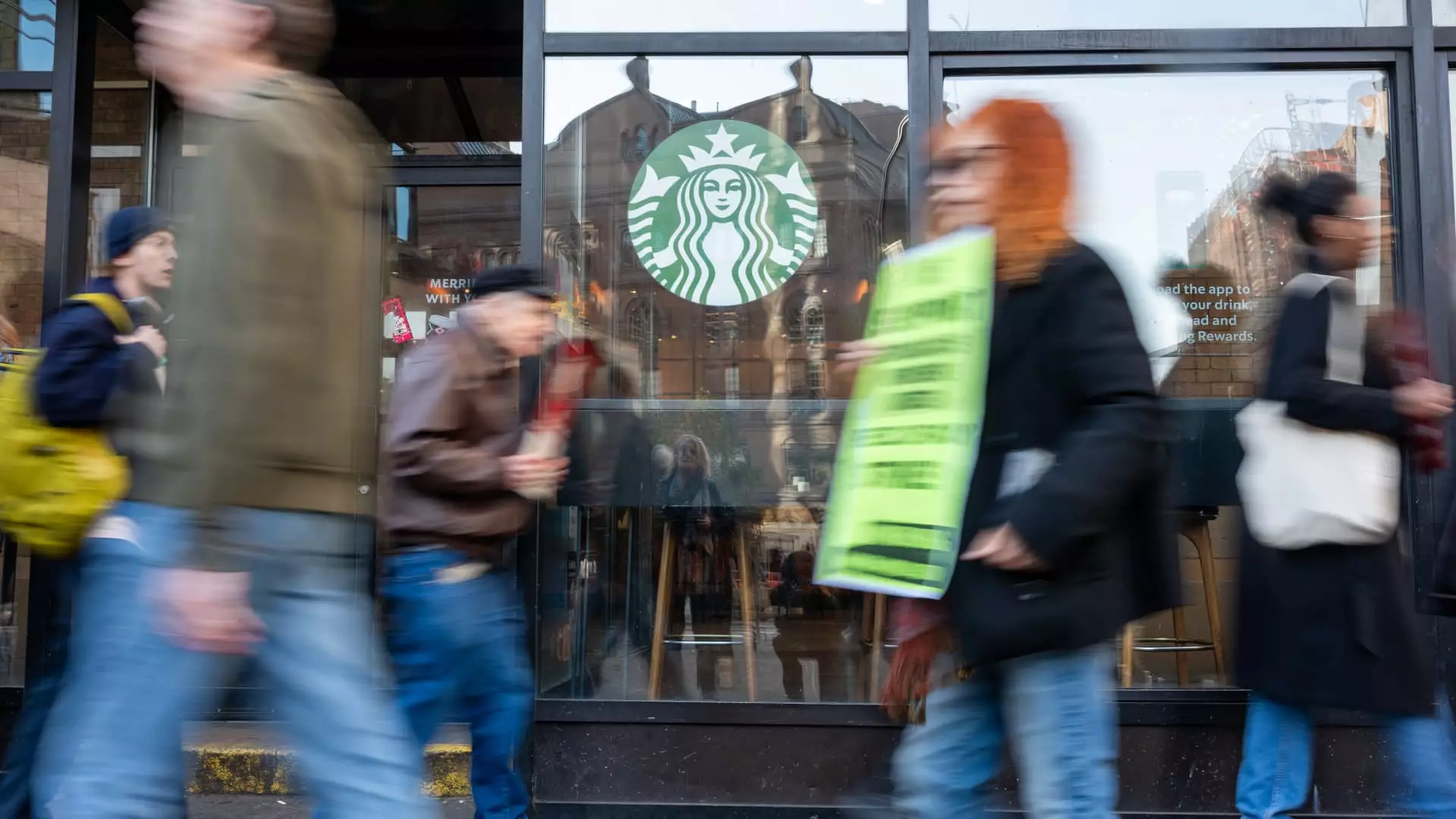Starbucks recently faced a challenging quarter with a 3% decline in U.S. same-store sales and a 7% drop in traffic. The CEO, Laxman Narasimhan, admitted that the company was experiencing a more cautious consumer base and highlighted the need for improvements in stores. Narasimhan recognized the importance of investing in equipment innovation, process enhancements, staffing, scheduling, and waste reduction to create a more stable work environment for partners and enhance customer experience.
Worker’s Union Impact
The efforts of the Workers United union have been influential in driving the conversation around better working conditions at Starbucks. With more than 430 unionized stores and ongoing contract bargaining, significant progress has been made. The union has pushed for staffing and scheduling improvements, better pay, and benefits – all key factors in creating a more satisfying work environment for partners.
Starbucks has acknowledged the issues raised by the union and has taken steps to address them. The company has made significant progress in staffing and scheduling, utilizing advanced models to allocate hours effectively. Partner retention and sentiment have improved as schedules become more stable and consistent. Starbucks is also planning to open up its mobile order and pay app to non-rewards members to increase traffic and introduce the Siren System to enhance customer service.
Former Starbucks CEO Howard Schultz has weighed in on the situation, emphasizing the need for management to spend more time with workers to understand ongoing challenges. Schultz’s call for a focus on the customer experience and a return to the company’s roots resonates with the need for a more hands-on approach to addressing internal issues. Despite his combative attitude in response to the union challenge, Schultz’s insights have been valuable in highlighting areas for improvement.
Starbucks is navigating a changing landscape where consumer behaviors, employee demands, and operational challenges are shaping the way forward. The company’s response to these challenges, coupled with the influence of the Workers United union and insights from former CEO Howard Schultz, will play a crucial role in determining the trajectory of Starbucks in the coming years. By prioritizing investments in equipment, processes, staffing, and customer service, Starbucks can create a more sustainable and satisfying work environment for partners while enhancing the overall customer experience.


Leave a Reply